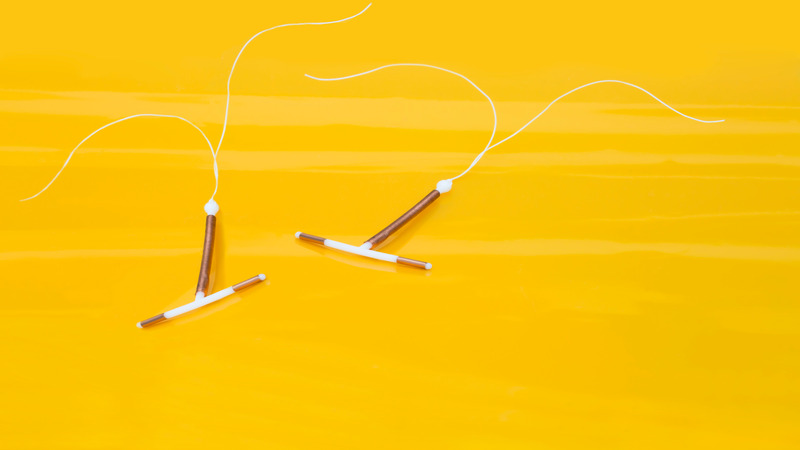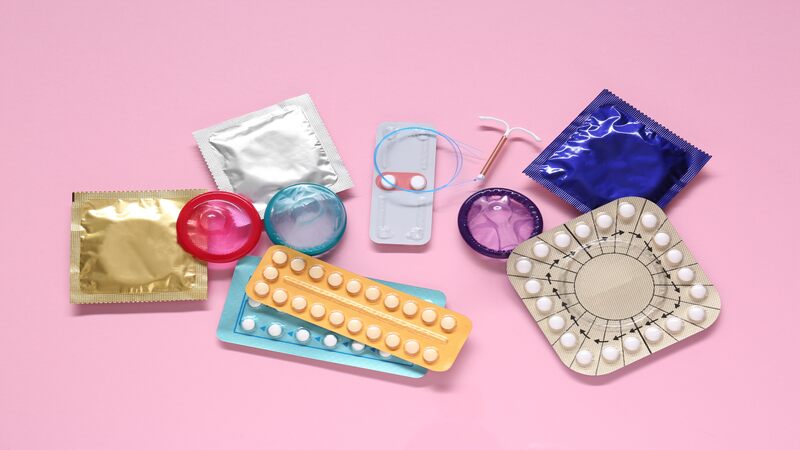
After the birth of a baby, the woman’s body undergoes the postpartum recovery phase. Slowly, your body starts recovering, but you might be pulled in a different direction. From breastfeeding to sleepless nights and physical recovery, you probably experience a lot of things. This is also a time when women start considering safe birth control choices after having a bay
As the body starts recovering, many couples may think of resuming their intimacy experience. If you’re planning to start your sexual life after the birth of a baby but don’t want to get pregnant again too soon, birth control choices can help to avoid unexpected pregnancy. Here is everything you need to know about birth control choices after the birth of the baby.
Factors to Consider When Choosing Birth Control after Childbirth
Selection of the best birth control after childbirth involves a couple of factors mentioned below.
1. Medical Factors
Some hormonal pills (birth control) can affect milk supply during the early weeks (1). So, be sure to choose the right pills; progestin-only pills are safe (2).
2. Medical History
If you are on medication, specific birth control may interact with other medications and cause health disturbance. Always talk to your doctor about any existing medical conditions and treatments you are taking before choosing any pills-based birth control.
3. Side-effects
Some birth control measures may cause side effects such as irregular periods and impact your health. Therefore, research about side effects while choosing birth control measures (3).
4. Future Pregnancy
If you are planning to have a second baby in the future, consider your timeframe for planning pregnancy and choose a birth control measure accordingly.
5. Personal Preferences
Select the birth control method that matches your preference and lifestyle.
Different Birth Control Choices after Having a Baby
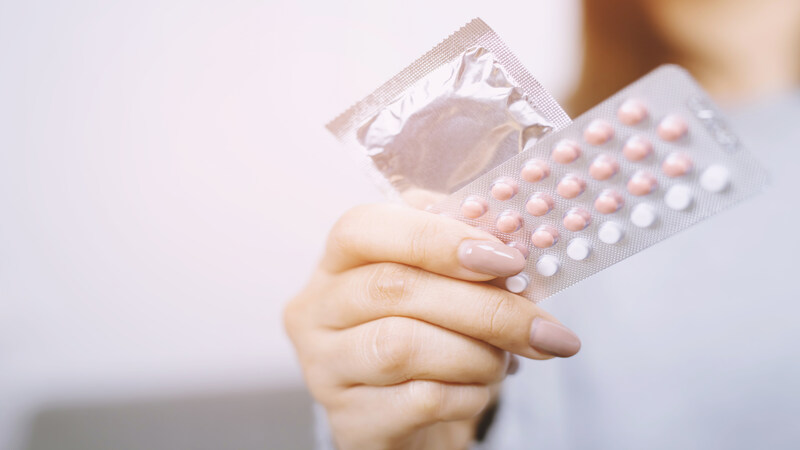
A woman’s body requires time to recover after childbirth, and the thought of getting pregnant immediately can create doubts in the mind. So, here we shortlist some birth control choices after having a baby that let your intimacy experience bloom without fear.
1. Short-Term Birth Control Options
a. Barrier Method
The barrier method consists of the following methods of contraception.
- Condoms
- Diaphragms
- Cervical caps
The barrier method helps to prevent the meeting of sperm and egg. Moreover, the barrier method is a good option for preventing sexually transmitted diseases (4).
b. Hormonal Method
The hormonal method of birth control includes
- Birth control pills
- Vaginal rings
- Birth control patches
The hormonal method prevents releasing of eggs and stops sperm from fertilizing eggs (5).
Birth control hormonal pills such as progestin-only or a combination of progesterone and estrogen are one of the forms of hormonal birth control.
NuvaRing is a vaginal ring birth control option. The hormonal method prevents releasing of eggs and stops sperm from fertilizing eggs (5).
Birth control patches are also effective for preventing pregnancy after childbirth.
c. Emergency Contraception
These are available in the form of pills, also known as morning-after pills. Emergency contraceptive pills are safe post childbirth and can be taken within 72 to 120 hours after having unprotected sex (6).
2. Long-Term Birth Control Options
a. Intrauterine Devices
Also known as IUDs, these devices are highly effective for long-term birth control after childbirth.
Devices such as Copper T (a T-shaped copper-releasing device) are implanted by doctors inside the uterus. It initiates phagocyte action and kills sperm as soon as they reach the uterus, thereby preventing fertilization.
An IUD is the best choice for working women who are busy in their lives and want an option that will make them tension-free for years to come, yet when the time comes, and they feel the need; they can remove them and become pregnant again (7).
b. Implants
A birth control implant is a tiny rod like a matchstick that releases hormones into the body to prevent you from unwanted pregnancy (8).
A nurse or doctor will insert the implants into your arm (9). These devices can help prevent pregnancy for about five years.
[Read : How Effective is Depo-Provera For Birth Control?]
3. Permanent Birth Control Options
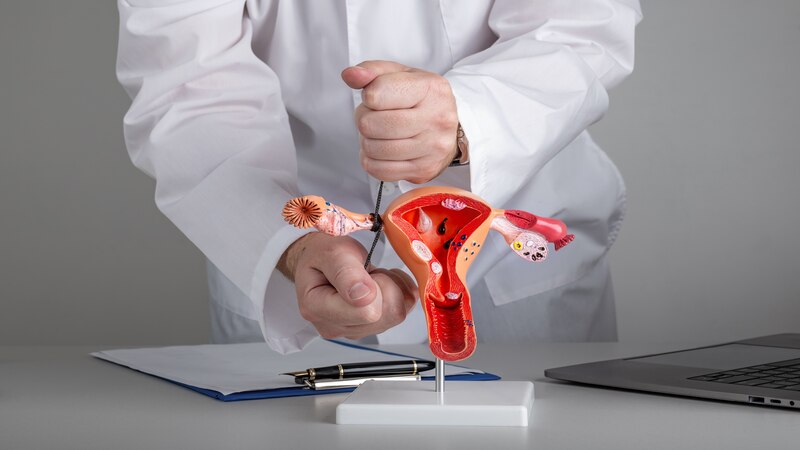
a. Tubal Ligation
This is a minor surgical procedure in which the fallopian tube is cut and tied separately (10). It can be done in a matter of hours at your clinic without having to get hospitalized.
After the procedure, you might experience minor cramping in your lower abdomen area and may also have light bleeding. But you will be up and about doing your household chores within a day or two.
The main aspect of these procedures is that they are one hundred per cent effective and cannot be reversed.
b. Vasectomy
This is again a minor surgical procedure in which vasa deferentia tubes are cut and tied separately to prevent sperm release in males.
Vasectomy is irreversible, so if you are thinking of getting pregnant after some time, be sure to choose wisely (11).
4. Natural Birth Control Methods
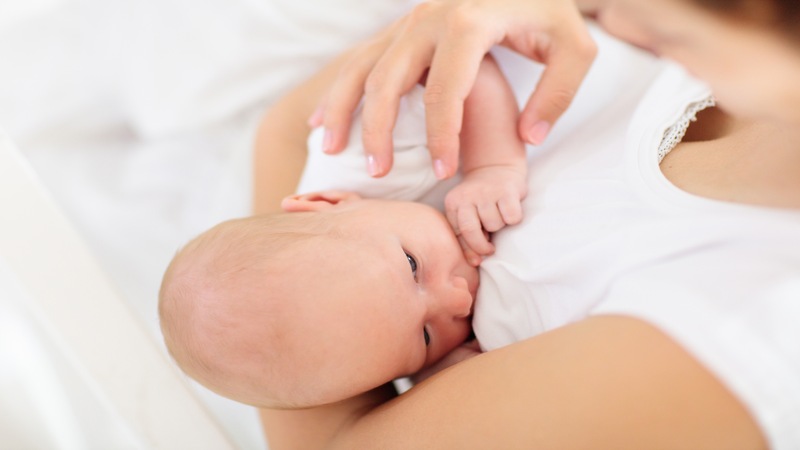
a. Breastfeeding and Lactational Amenorrhea Method (LAM)
This is a natural birth control measure because during the lactation period, women experience hormonal changes, or their bodies do not produce adequate hormones that make the body unfit for pregnancy.
However, one must know that this does not stop your ovulation forever but just delays your periods.
The method is only 98 per cent effective and depends on the following factors – it works only if your baby is younger than six months or your periods have not started again (12).
b. Fertility Awareness Method
This approach involves awareness about fertile days. To clarify, a woman is fertile during the 12-17 days of her menstrual cycle. This refers to an ovulation phase, and the egg is released.
So, if you avoid sex during fertile days, the chances of getting pregnant will be reduced (13).
What is The Ideal Gap between Two Child Births?
Research suggests the ideal gap between two childbirths should be 18-24 months (14).
However, it could be less than five years because it can reduce the chances of pregnancy complications and other associated health problems. Moreover, the gap between childbirth allows sufficient time for body recovery from pregnancy and delivery.
[Read : Pregnancy After Stopping Birth Control Pills]
When to Consult a Doctor?

If you are still unsure about selecting birth control measures after childbirth, you can consult with a doctor.
If you are facing side effects after choosing birth control measures like hormonal pills, consult with doctors. Before picking any hormonal or medicinal-based contraceptive, it is great to consult with a certified gynecologist.
All the above-listed birth control choices after birth are available for mothers who want to have a gap between their first and next pregnancy. However, before choosing any of the above-listed methods, be sure to consider certain factors like medication, personal preference, gap required, and lifestyle. Make sure to be aware of the side effects associated with contraceptive methods to avoid any health issues.
FAQ’s
1. What is The Best Birth Control Method After Having a Baby?
The barrier method is ideal for birth control after having a baby as it does not cause side effects and helps in the prevention of sexually transmitted diseases. Moreover, you can also opt for IUDs and implants to avoid unwanted pregnancies.
2. Which Pill is Best After Pregnancy?
Mini pills or progesterone-only pills are best after pregnancy. They are safe for breastfed babies and the breastfeeding mothers and do not cause major side effects.
3. Can We Use iPill After Pregnancy?
Yes, you can use an iPill after pregnancy in case you have unprotected sex. But it is not 100% effective, especially during the ovulation period and if the fertilization has already happened.
References
- Drugs and Lactation Database (LactMed®) [Internet]. Bethesda (MD): National Institute of Child Health and Human Development; 2006-. Contraceptives, Oral, Combined. [Updated 2023 Sep 15]. – https://www.ncbi.nlm.nih.gov/books/NBK501295/
- National Research Council (US) Committee on Population. Contraception and Reproduction: Health Consequences for Women and Children in the Developing World. Washington (DC): National Academies Press (US); 1989. 4, Contraceptive Benefits and Risks. – https://www.ncbi.nlm.nih.gov/books/NBK235069/
- Cooper DB, Patel P. Oral Contraceptive Pills. [Updated 2024 Feb 29]. In: StatPearls [Internet]. Treasure Island (FL): StatPearls Publishing; 2024 Jan – https://www.ncbi.nlm.nih.gov/books/NBK430882/
- Rosenberg MJ, Davidson AJ, Chen JH, Judson FN, Douglas JM. Barrier contraceptives and sexually transmitted diseases in women: a comparison of female-dependent methods and condoms. Am J Public Health. 1992 May;82(5):669-74 – https://www.ncbi.nlm.nih.gov/pmc/articles/PMC1694156/
- Cooper DB, Patel P. Oral Contraceptive Pills. [Updated 2024 Feb 29]. In: StatPearls [Internet]. Treasure Island (FL): StatPearls Publishing; 2024 Jan – https://www.ncbi.nlm.nih.gov/books/NBK430882/
- Paul S. Auerbach MD, MS, FACEP, FAWM, … Eric A. Weiss MD, FACEP, EMERGENCY CONTRACEPTION, Field Guide to Wilderness Medicine (Third Edition), 2008, Gynecologic and Obstetric Emergencies – https://www.sciencedirect.com/topics/medicine-and-dentistry/emergency-contraception
- Ortiz ME, Croxatto HB, Bardin CW. Mechanisms of action of intrauterine devices. Obstet Gynecol Surv. 1996 Dec;51(12 Suppl):S42-51.- https://pubmed.ncbi.nlm.nih.gov/8972502/
- Contraceptive implant, Healthdirect – https://www.healthdirect.gov.au/contraceptive-implant
- Kaneshiro B, Aeby T. Long-term safety, efficacy, and patient acceptability of the intrauterine Copper T-380A contraceptive device. Int J Womens Health. 2010 Aug 9;2:211-20. – https://www.ncbi.nlm.nih.gov/pmc/articles/PMC2971735/
- Marino S, Canela CD, Jenkins SM, et al. Tubal Sterilization. [Updated 2024 Feb 16]. In: StatPearls [Internet]. Treasure Island (FL): StatPearls Publishing; 2024 Jan – https://www.ncbi.nlm.nih.gov/books/NBK470377/
- Stormont G, Deibert CM. Vasectomy. [Updated 2023 Apr 10]. In: StatPearls [Internet]. Treasure Island (FL): StatPearls Publishing; 2024 Ja – https://www.ncbi.nlm.nih.gov/books/NBK549904/
- Vekemans M. Postpartum contraception: the lactational amenorrhea method. Eur J Contracept Reprod Health Care. 1997 Jun;2(2):105-11. – https://pubmed.ncbi.nlm.nih.gov/9678098/
- Rebecca G. Simmons, Victoria Jennings, Fertility awareness-based methods of family planning, Best Practice & Research Clinical Obstetrics & Gynaecology, Volume 66, 2020, Pages 68-82, ISSN 1521-6934. – https://www.sciencedirect.com/science/article/abs/pii/S1521693419301798
- Starbird E, Crawford K. Healthy Timing and Spacing of Pregnancy: Reducing Mortality Among Women and Their Children. Glob Health Sci Pract. 2019 Aug 27;7(Suppl 2):S211-S214. – https://www.ncbi.nlm.nih.gov/pmc/articles/PMC6711626/
Read Also : What Are The Different Contraception Methods?


